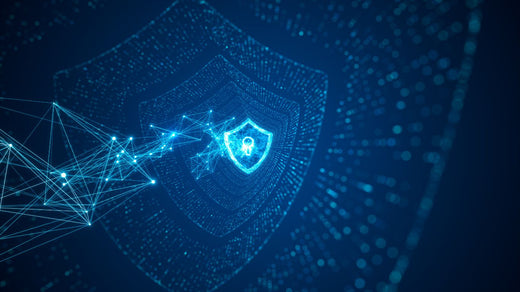
What is Compromising Emanations and Tempest
Purpose & Scope
This guide explains the concept of signal security—protection against compromising emanations—and why it's critical in sensitive environments. We clarify what compromising emanations are, describe protection levels, and outline how your organization can assess needs and implement effective protection. Contact us for customized guidance.
What Are Compromising Emanations?
Compromising emanations are electromagnetic signals produced by electronic devices that can be intercepted and reconstructed by unauthorized parties. This represents a major security risk in contexts where classified information is handled—such as defense, government, and related industries.
Why Emanation Security Matters
Preventing such leakage is essential. Without proper controls, sensitive data can be exposed via emitted signals rather than direct access to systems.
What Is Emanation Protection?
It comprises combined physical, technical, and procedural measures that prevent sensitive emissions from electronic equipment from leaking into the environment. Examples include shielded workspaces, filtered cabling, and access controls. A layered strategy is essential where handling classified information or managing high-risk systems.
Key Protection Measures:
-
Shielded equipment (e.g., TEMPEST-certified laptops, printers, projectors)
-
Enclosures or secure rooms built using conductive materials (Faraday cages, shielded tents, secure containers)
-
Access restrictions to secure areas and monitored zones
Typical Emanation Sources:
-
Computers and laptops
-
Printers, scanners, displays
-
Card readers and secure input devices
-
Network and communication hardware
-
Data and power cables
These components must be carefully assessed and secured when dealing with classified or sensitive systems.
Standards & Best Practices:
While NATO standards like NATO SDIP-27/TEMPEST provide frameworks and devices that meet stringent emission controls, compliance should be part of a broader protection plan. Organizations implementing IT solutions for classified use should:
-
Conduct a threat assessment including emanation risk
-
Adopt appropriate protection measures (technical and procedural)
-
Regularly audit and monitor security effectiveness
Taken together, these steps help protect against electromagnetic eavesdropping in accordance with NATO-grade requirements.
